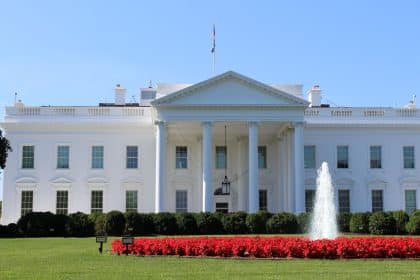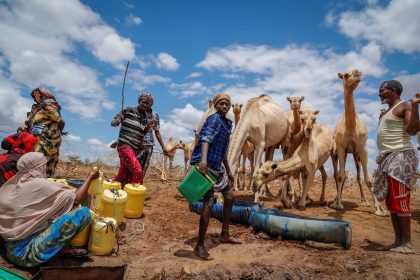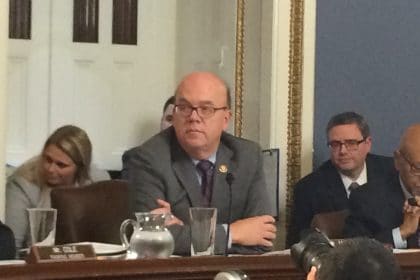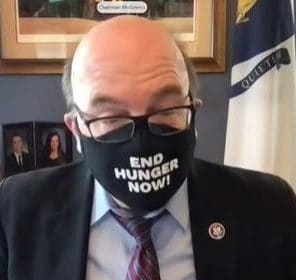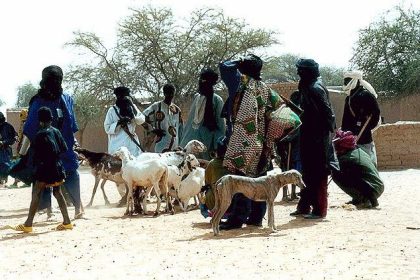US Tackles Global Food Shortages
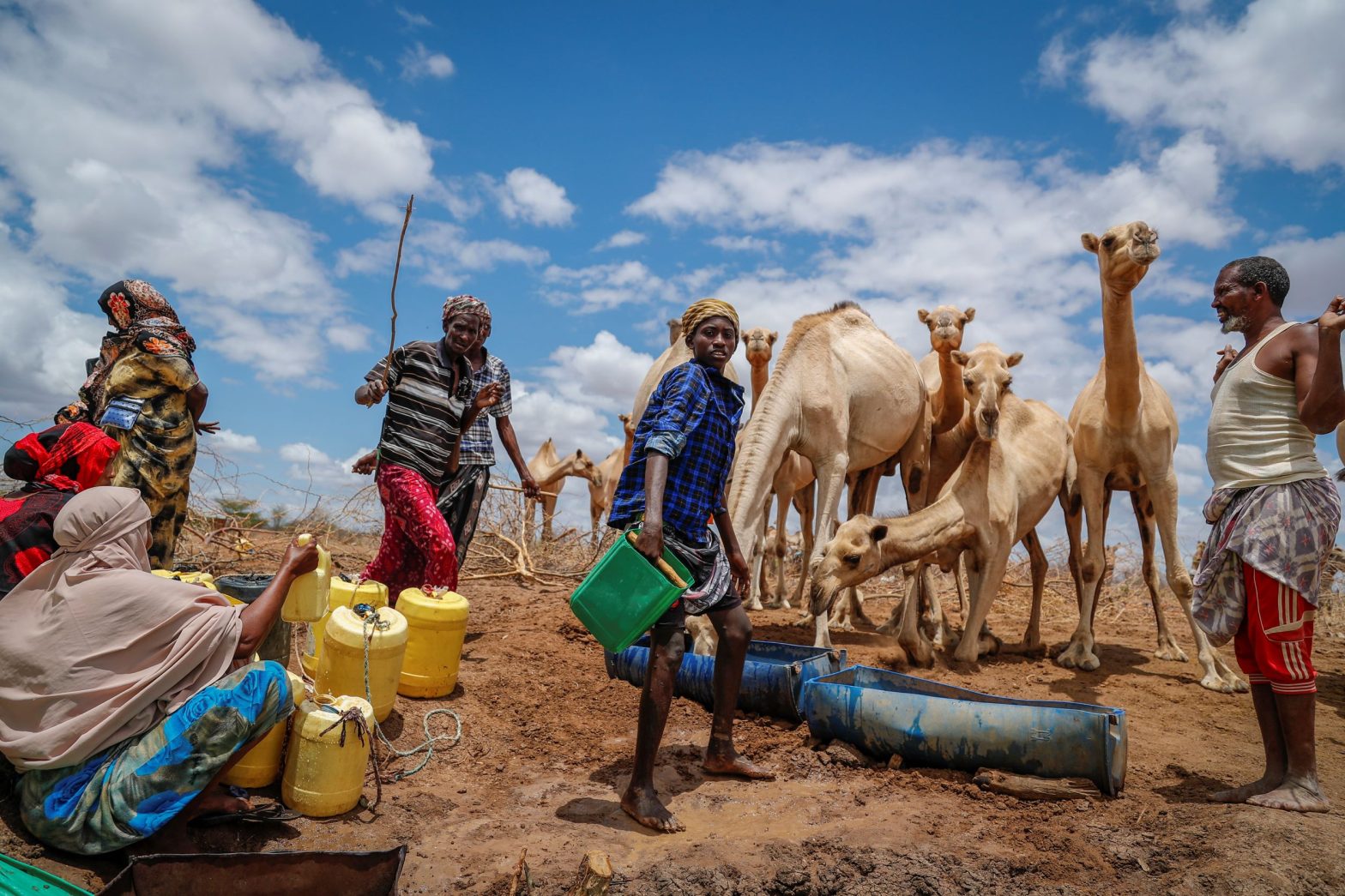
As war, drought and the COVID-19 pandemic increase global food shortages, the United States government is providing funds to ease the blow at home and abroad.
“Before the war began in Ukraine, more than 50 countries … nations like Ethiopia, Sudan, Syria and Yemen, were facing acute food shortages due to prolonged drought and conflict,” said Sen. Chris Coons, D-Del., chair of the Senate Appropriations Subcommittee on State, Foreign Operations and Related Programs, at a hearing Wednesday.
“Today their circumstances are markedly worse,” he added.
Coons said the collapse of exports of grain and vegetable oil from Ukraine, combined with inflation and higher costs for fertilizer, fuel and transportation, have caused commodity prices to skyrocket.
The United Nations World Food Programme, Food and Agriculture Organization, and European Commission released a report last week that nearly 193 million people across 53 countries are acutely food insecure, a number that has increased by 80% since the first report from 2016.
The total number of people hungry has increased to 273 million, more than doubling the number of people living in hunger in 2019, Coons said, citing the latest data from the United Nations.
When it comes to climate stressors, nearly 15 million people in Ethiopia, Somalia and Kenya are currently experiencing extreme hunger, a 70% increase compared to past severe droughts, based on data from the International Organization for Migration.
This region of the world has experienced three consecutive seasons of failed rains and record temperatures; a fourth could mean 44-55 million people facing acute food insecurity by mid-2022.
“This food security crisis is compounded by a second ongoing global crisis: The COVID-19 pandemic,” said Coons.
The World Bank and the International Food Policy Research Institute, with analysis from the Pardee Center, estimates that COVID-19 may cause a persistent increase in extreme poverty, leading to a six- to 13-year setback relative to a no-COVID scenario.
The report shows that at least two-thirds of households with children have lost income since the start of the COVID-19 pandemic. This led to one in four adults with children going without food for a day or more.
The Biden administration has worked through multilateral channels, including the G7, to provide a range of funding to the Global Agriculture and Food Security Program. Since 2010, the program has spent $1.7 billion helping the world’s poorest countries invest in agriculture and food security.
President Biden will ask Congress in his next supplemental funding request to include $1.8 billion for food aid. Coons said this amount falls short of what is urgently needed and has instead called for $5 billion.
The Biden administration has also encouraged all countries to refrain from export restrictions and excessive stockpiling, which would exacerbate supply chain challenges and price inflation.
“What is concerning is that we have seen some countries kind of take away aid from places like Yemen or Syria in order to support responses in … Ukraine,” said Tjada D’Oyen McKenna, CEO of Mercy Corps, during the hearing.
McKenna added that the answer to shortages is not moving aid around, but rather more contributions from the private sector and cash consortium programs created through nongovernmental organizations.
“COVID-19 has not been just a health crisis, but a food and socioeconomic crisis, one which has rolled back decades of hard-won poverty reduction and food security gains,” said McKenna.
Alexa can be reached at [email protected]



















